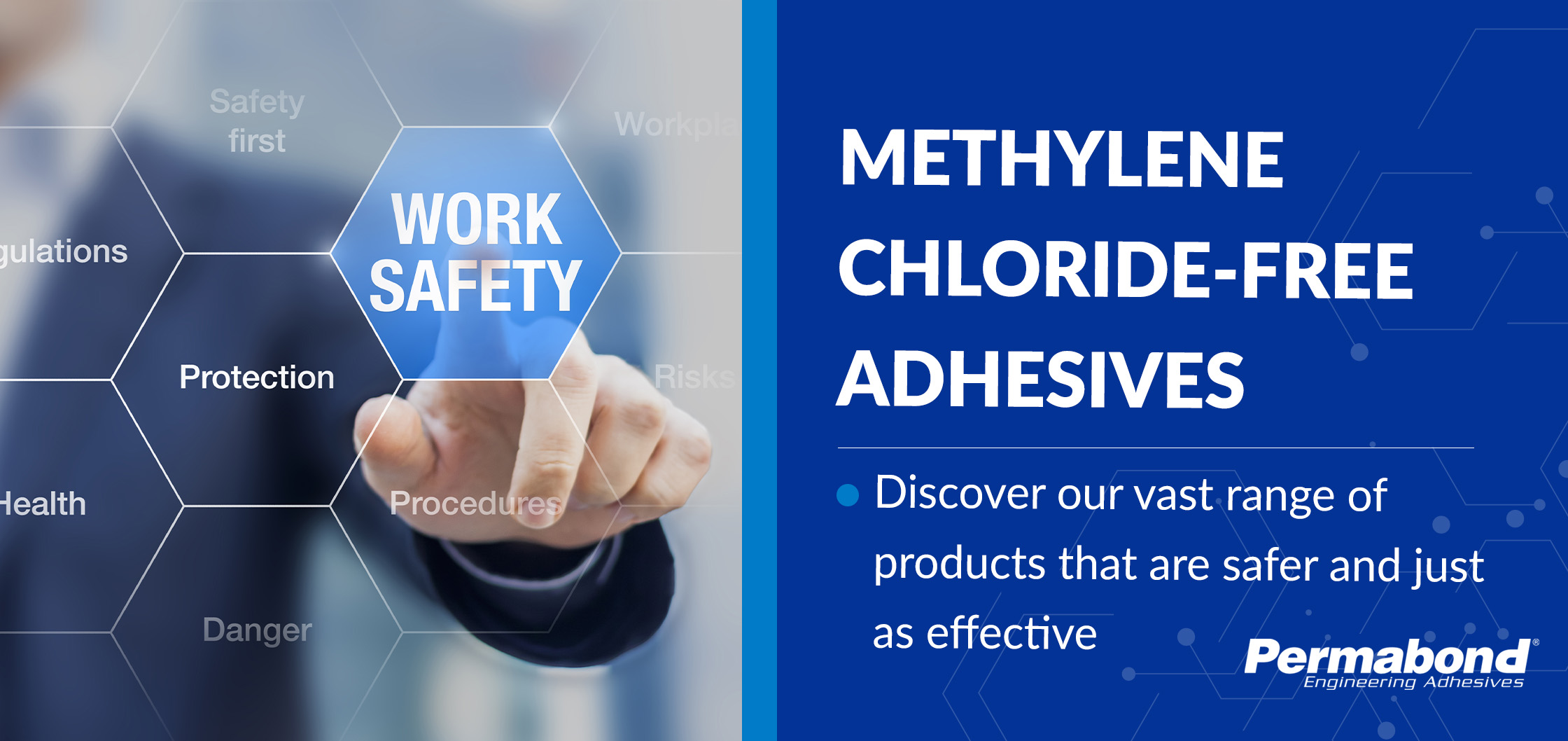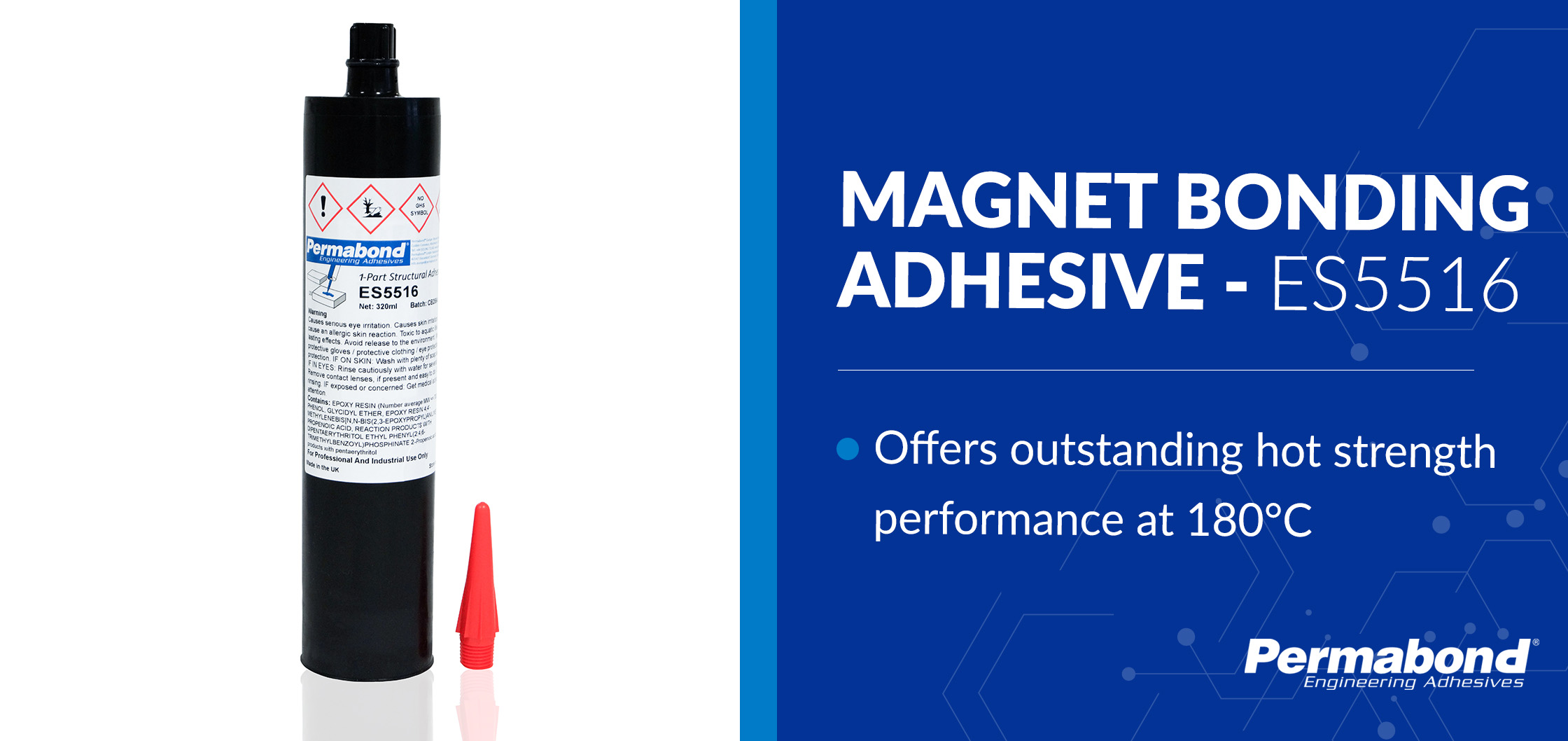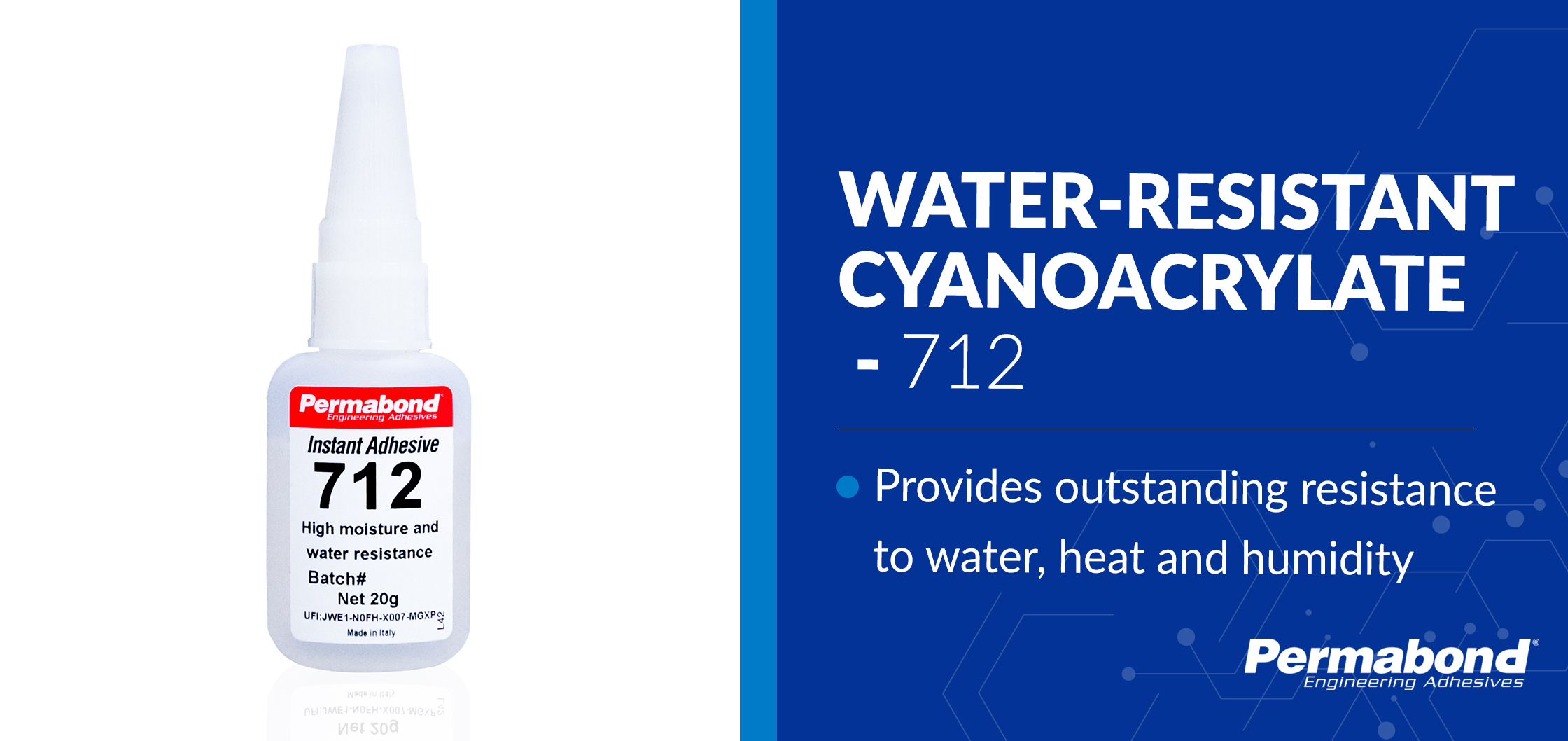
Mild steel (or carbon steel) is common for automotive and machine components. There are several adhesive options to bond mild steel. So you can select adhesives based on the environmental, temperature and chemical resistance needed. The key to a good bond on mild steel is proper surface preparation.
Surface preparation of mild steel
1. Remove large particles of rust and debris with a wire brush or wire wool.
2. If the mild steel is painted or powder coated, consider removing this layer. Otherwise, the bond will only be as strong as the adhesion of the paint or coating to the metal.
3. Degrease with acetone, isopropanol, or Permabond Cleaner A. Do not use white spirit or meths as this can leave a residue. It is important to carry out this step before abrading. Otherwise, you will ingrain dirt or oily contaminants into the surface.
4. Abrade by one of the following methods
-Wet and dry grit paper (carborundum paper) 320 grade recommended.
-Red Scotchbrite pad
-Alternatively, use a grit blaster (make sure to use fresh, uncontaminated sharp grit).
5. Degrease again to remove any contamination or loose particles.
6. Bond as soon as possible otherwise, the surface will re-oxidize.
Adhesive types
Anaerobic adhesives – threadlockers, thread sealants, form-in-place gaskets, and retaining compounds all work well on mild steel.
Cyanoacrylate adhesives – all grades bond stainless steel, but special grades for metals will have increased adhesion. Permabond 910 is the original pure methyl cyanoacrylate developed for bonding metals. Although cyanoacrylates have very high strength applications involving mild steel often have environmental requirements that are best met with a structural adhesive.
Structural adhesives like one component heat cure epoxies, two component epoxies, and structural acrylics bond mild steel and have good chemical and heat resistance.
UV curable adhesives bond well to stainless steel providing the second substrate permits UV light to pass through. Metal to glass grades include; UV610, UV620, UV625, UV670, and UV7141.
Contactez-nous
Produits
Assistance technique

Permabond vous aidera à sélectionner la colle qui convient à votre application.
Pour trouver un distributeur

s produits Permabond sont vendus par l'intermédiaire de distributeurs dans le monde entier.
Permabond est certifié ISO QMS compagnie.

Vous pouvez obtenir une copie de notre certificat ISO




